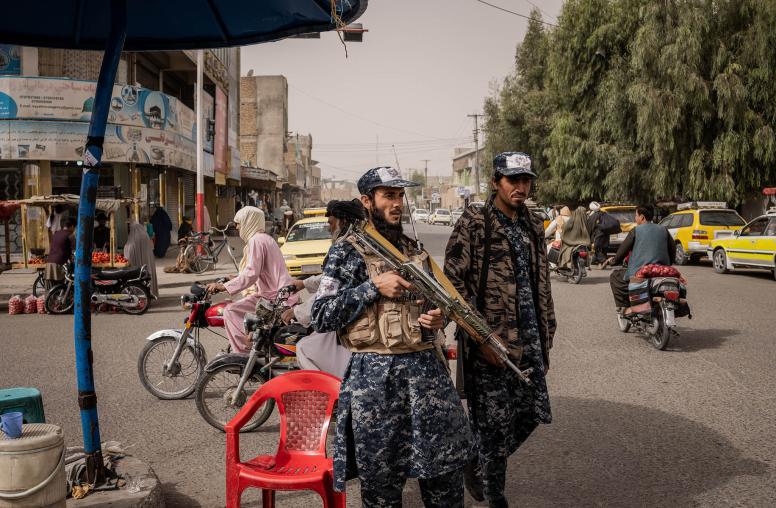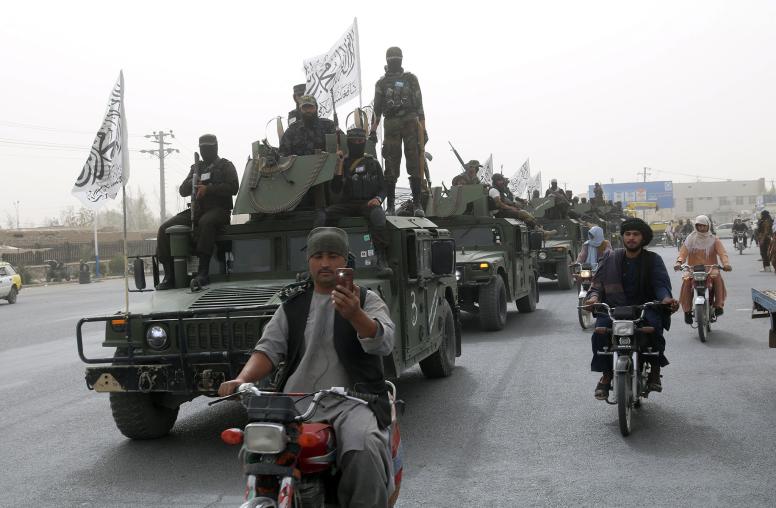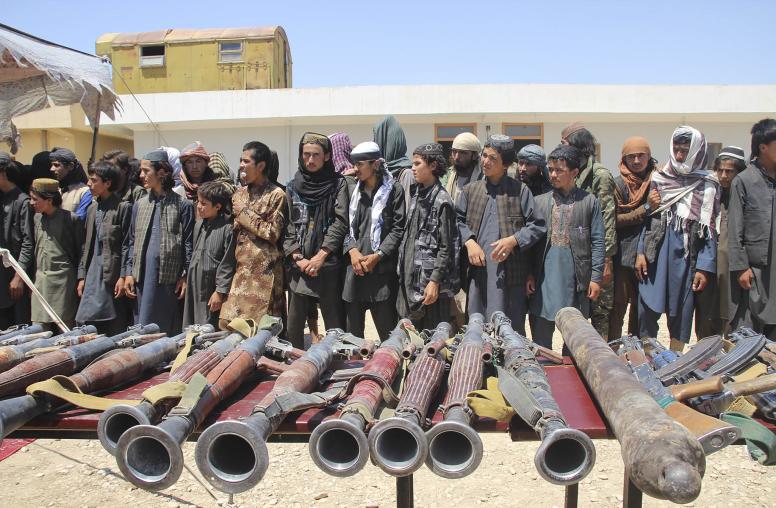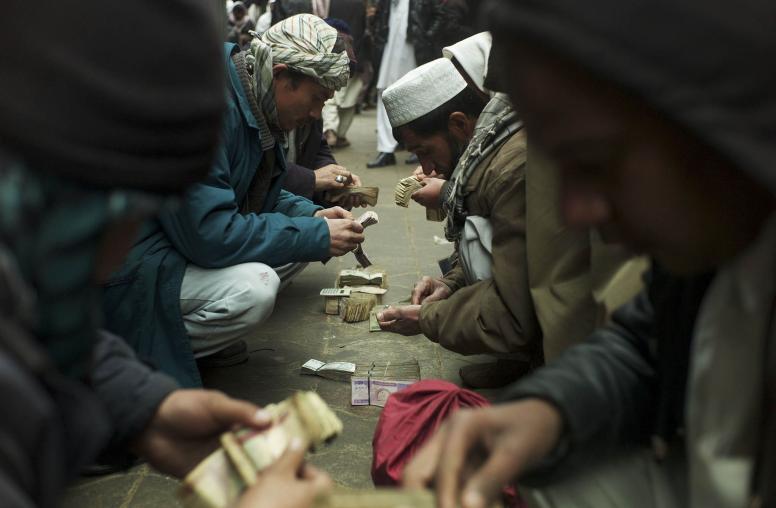Rule of Law, Governance, and Human Rights in Afghanistan, 2002 to 2016
In the wake of the 2001 invasion, Afghanistan is a cautionary tale about underfunded, underplanned, and undercoordinated development agendas. Derived from extensive fieldwork, numerous interviews, and desk research into primary and secondary sources, this report examines the successes and failures in Afghan reconstruction over fifteen years to suggest ways to consolidate gains in rule of law, human rights, and good governance over the long term.
Summary
- The legal, practical, and functional capacity deficits in Afghanistan resulting from thirty-five years of conflict, collapsed institutions, and a tradition of informal and localized power structures cannot be overcome in a mere fifteen years.
- The strategic “light footprint” envisioned by the international community in 2001 resulted in undercoordinated and underplanned reconstruction efforts, even as donor funding and international troop levels steadily increased.
- Since the departure of the majority of foreign forces, a resurgent Taliban and thriving drug trade have contributed to the highest civilian casualties since the UN began tracking them in 2009.
- The 2004 Constitution includes numerous internal contradictions and ambiguities and skews authorities toward the president at the expense of other branches of government.
- Afghanistan has held eight elections for public office between 2004 and 2014, resulting in broadly representative governing bodies. The peaceful and democratic transition of power from Hamid Karzai to Ashraf Ghani in 2014 was the first of its kind in Afghan history.
- The constitutionality of the sitting parliament and National Unity Government is both debated and questionable.
- Periodic reform agendas overemphasize expected outcomes and underemphasize processes to build inclusive coalitions rooted in a common vision.
- Civil society and media have proliferated, contributing to service delivery, access to information, advocacy, and accountability. Yet a significant number of organizations rely on foreign funding. As the donor pool shrinks, so does the availability of critical services they provide.
- Corruption remains pervasive and affects all sectors and all levels of government.
- The judiciary is perceived as one of the country’s most corrupt institutions and the application of justice is at best uneven.
- Egregious human rights violations are committed by a range of state actors who face virtually no accountability.
- Afghanistan’s economy has made uneven progress since 2001. Despite improvements, macroeconomic health remains fragile.
About the Report
This report examines successes and failures in Afghan reconstruction in the fifteen years since 2002 to suggest potential paths forward for Afghan stakeholders and the international community to consolidate gains in rule of law, human rights, and good governance for the long term. Funded by the United States Institute of Peace and implemented by the Institute for International Law and Human Rights, the report was developed under the leadership of several contributors to the 2002 CRAFT report plus key Afghan partners. It is based on field research, extensive interviews with government figures, civil society activists, key justice and human rights actors in Afghanistan, desk research from primary and secondary sources, and consultations with the Afghan diaspora and members of the international community.
About the Authors
Erin Houlihan is an attorney and international rule of law and human rights development professional focused on postconflict and fragile states. She consults on access to justice, legislative and policy development, national human rights institutions, and strengthening public–civil society collaboration, among other issues. William Spencer is the executive director of the Institute for International Law and Human Rights, has more than twenty years of development and diplomacy experience, and is a founding member of the 2002 Consortium for Response to the Afghan Transition.



